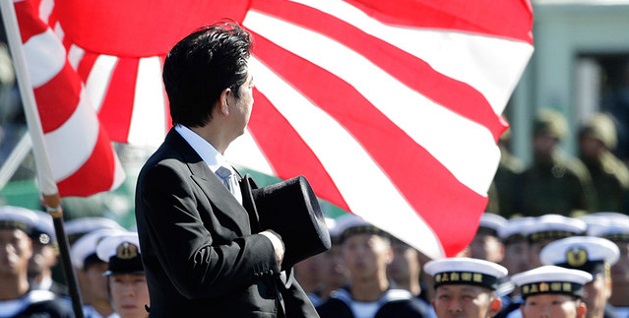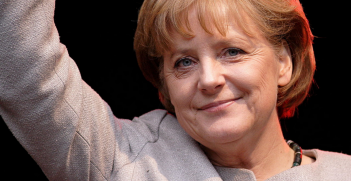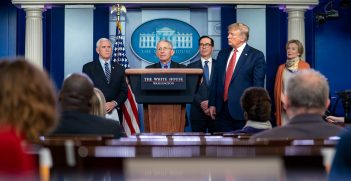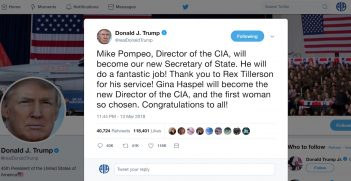International and Domestic Roadblocks to Japanese Collective Defence

The time may be right for the double standard long-held by the international community to be dropped. This standard is based on the mistaken assumption that a militarily more powerful Japan must necessarily become a threat to the rest of Asia.
Japan has followed a slow, incremental and politically fraught path to defence normalisation spanning decades. Both the Japanese people and the international community, particularly China and South Korea, have demanded a high standard of justification for even the most modest addition to the functions of the Japanese military, even when these additional roles have not involved the use of force such as providing logistical support for United Nations(UN) peacekeeping operations and rear area support for United States (US) forces under defence cooperation guidelines. The White House is also wary of the Abe administration because of the likely reaction from China and South Korea to expressions (in both word and deed) of what they see are Abe’s innate tendencies towards militarism and historical revisionism.
The constitutional and legal strictures under which the Japanese defence forces operate continue to impose some of the tightest rules and regulations on any military in the world. First and foremost, the Self-Defence Forces (SDF) must conform to the long-standing interpretation of Article 9 (Peace Clause) of the Japanese Constitution which regulates what the SDF can do and where it can do it. Secondly the SDF is strictly controlled by legislation. If laws, including the SDF law, do not authorise a particular function, then it is proscribed. The legal basis for SDF action means that the domestic political requirements for major changes in Japanese defence policy are that new proposals be incorporated into legislation and formally approved by a majority in the Diet. These democratic processes of law-making have, in the past, helped to ensure that despite the ambitions of some Japanese leaders to push the boundaries of SDF action, changes have been limited to piecemeal advances.
Domestic challenges
The question now is whether, how and to what extent due political process will circumscribe the ambitions of Prime Minister Shinzo Abe to expand the role of the Japanese military forces, including authorisation for a collective defence role. The convoluted and extended discussion currently being conducted in Japan on this question illustrates once again the tortuous political process that each step towards Japan’s defence normalisation must take. The formal-legal requirements of defence policy change sit alongside an additional, compelling political constraint – the need for support from the so-called ‘national defence consensus’. Inevitably, proposals for change elicit strong opposition from sections of the general public and media, and from political groups, including political parties, stemming from an entrenched ‘culture of anti-militarism’. Objections to the Japanese military forces participating in collective defence are even being raised openly by senior members of Abe’s own government. The path forward will not be smooth.
In this context, it is important to maintain the distinction between militarism and expanded military roles and capabilities. They are not the same thing. Prewar Japanese militarism was built into the very ethos of the state. Post-war, militarism has been excised and replaced with the peace ethos of Article 9. Perhaps this explains why Japanese pacifists hold the spirit of the Constitution so close to their hearts and distrust military and political leaders who are historical revisionists such as Shinzo Abe. They bear in mind the maxim of former Foreign Minister Zentaro Kosaka who said in 1970, ‘Militarism is a ghost that we must always watch closely’.
Re-interpretation
What is qualitatively different about the current plan for Japan to assume a collective defence role is that it proposes to dump a long-standing (since 1981) interpretation of Article 9, which permits the Japanese military to act only to defend Japan in the event that it is attacked directly and to use the minimum necessary level of military force to do so.. This makes the debate on Japan’s assuming a collective defence role significantly more consequential compared with previous additions to SDF roles, which did not challenge this fundamental principle to anything like the same degree.
What is more, the major change in interpretation would be made by the cabinet rather than through any processes involving the Diet or the voters, which places the constitution itself under possible, future threat of revision by reinterpretation.
Justification
Abe has justified his advocacy of a collective defence role by saying that ‘under the current Constitution, we can’t participate in combat outside the country, and so it [the Constitution] cannot protect the people’s lives’. Superficially this is a powerful argument, but it does not stand up to close scrutiny. Participating in combat ‘outside the country’ does not diminish in any way Japan’s ability to defend itself. In fact, it may endanger Japan’s security further by drawing it into a conflict that it might otherwise have avoided.
On the other hand, it is important to separate Abe’s personal motives from a dispassionate and objective assessment of what Japan needs to do in order to deal with new kinds of security threat. The collective defence proposals extend to areas where Japan’s own ability to defend itself is debatable. The question remains whether Japan has the capability to deal with ‘grey zone’ threats to remote islands in the Southwest, which fall between the cracks of permissible SDF and Japan Coast Guard functions.
From a national interest perspective, the principle of exclusively defensive defence and Japan’s culture of anti-militarism have served it well. It has been able to acquire world-class military capabilities at the same time as asserting credible claims to being a ‘peace nation’, and it has benefited greatly from this international image in terms of soft power projection. In this respect, Japan has had the best of both worlds. In terms of its security relationship with the United States, it has also has been able to hide behind Article 9 and its derivative defence restrictions to limit its military contributions to the alliance, both in its own region and further afield.
However, Japanese participation in collective defence is also important to solidify the alliance with the US. It is designed to elicit a stronger US commitment to the defence of Japan, particularly to the Senkakus. It is ironic that a potentially significant development in the US-Japan alliance relationship is occurring at a time when the current American and Japanese administrations basically don’t like each other.
Aurelia George Mulgan is a Conjoint Professor at the University of New South Wales, Canberra.





